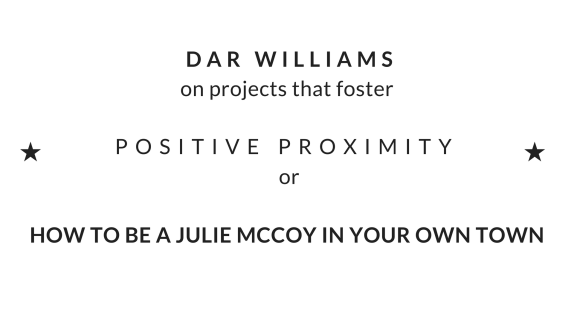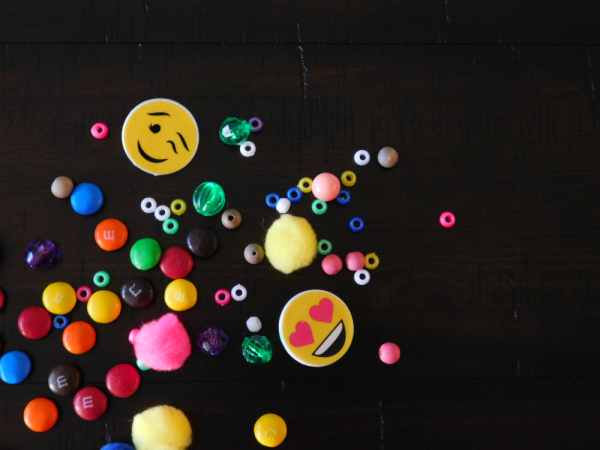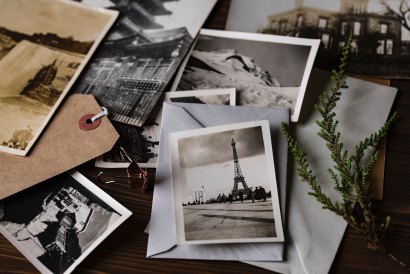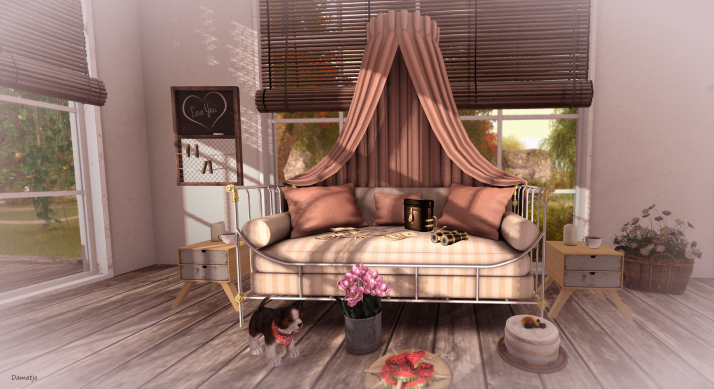December 31, 2017. In the last blog entry, I discussed how my father ended up on a farm in Grupenhagen in 1942, and our plans to visit the village and learn more about the Reese family. (See Walking In My Father’s Footsteps In Grupenhagen – Part 1)
After spending a night in Hannover, Germany, we made the one hour trip to Grupenhagen and had a chance to finally walk in my father’s footsteps in the company of local historian Karl Pape and forced labourers researcher Bernhard Gelderblom. Also joining us on this pilgrimage were newspaper reporter Sabine Brakhan, her daughter Maike who acted as translator, and member of the local historical society Dietmar Barsch.
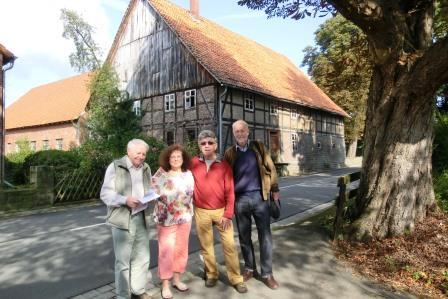
Karl Pape, Daria, Pieter, Bernhard Gelderblom in front of former Reese farmhouse in Grupenhagen. (Photo taken by Sabine Brakhan)
We learned that Erna Reese came from the farm next door to Friederich Reese. The original farm buildings now belong to a motorcycle club, but when it was a farm the farmhouse had an attached stable for cows and horses, and a separate building for pigs. The doorway to the farmhouse was typical for the area, with a large doorway and a smaller entry for people. Part of the house was for human habitation, the rest for the animals.

Daria in front of the doorway to the old Reese farmhouse. Maike Brakhan and Dietmar Bartsch look on. (Photo credit: Pieter Valkenburg)
Over the horse stable was an inscription, translated as “Built in the war year of 1939 Friederich Reese and wife Erna nee Rieke”. We now knew Erna’s maiden name! Karl Pape told us that Mr. Reese used a horse and plow, not a tractor, in his fields. Part of this was due to a love of horses, and part due to a lack of available machinery during the war.

Inscription over the horse stable, telling us it was rebuilt in 1939. (Photo credit: Daria Valkenburg)
Mr. Reese lost his leg in WWI and was paid a monthly disability pension, meaning he was slightly better off than many people as he wasn’t solely dependent on his farm income. I asked how many helpers he would have had, and was surprised to learn it was only 1 or 2. No wonder the Reese family couldn’t afford to keep Dad, who was not physically strong, as a farm labourer! It also explained why, outside of their humanity, they were able to keep Dad over the winter and build his strength back up.
It’s a shame we didn’t have a chance to meet the couple that in reality saved Dad’s life by looking after him for so many months. They appeared to have a love match, as what was left of the farm had many reminders of their time there, including their initials on one of the buildings with the date of 1934. Presumably, this refers to the date this building was built.

Initials FR and ER and date of 1934 on a building on the former Reese farm. (Photo credit: Pieter Valkenburg)
We hadn’t known much about Grupenhagen during WWII, other than that Dad was there for several months, so it was an eye-opener to hear some of the stories from those days. In 1939, the village had 399 inhabitants. Bernhard Gelderblom told us that there were Polish prisoners of war in Grupenhagen, who had to live in a former restaurant and were forced to work in the forest, clearing trees that had fallen after a big storm. The accommodations were inadequate, with the men having to sleep on the floor on piles of straw. In July 1941, however, their status changed from prisoners of war to forced labourers, which meant they could live and work on farms.
By the time Dad arrived in Grupenhagen, he was one of 75 labourers assigned to the village, sent to work on 20 farms and at least 3 non-agricultural businesses. Karl Pape noted that there was a Ukrainian man working on his own family’s farm, and that this man taught him how to tell time. Karl said his father was in the army and the farm was run by this worker and his grandfather, who was over 70 years of age.
German soldiers who were farmers were to be allowed leave at harvest time. However, in Grupenhagen, Mayor Friedrich Kuckuck was replaced by a Nazi, Friedrich Meier, in 1937. As Karl’s father was not a Nazi, the new mayor had it in for him. This mayor wrote to the army command, stating that Karl’s father did not require leave at harvest time. Luckily, the army commander didn’t listen and he was allowed his leave. And, Karl’s father survived the war, unlike the son of Friederich and Erna Reese.
After we left the former Reese farm property, we were honoured with a book on the history of Grupenhagen, presented by Karl Pape, and a book on correspondence with former forced labourers that Bernhard Gelderblom had written. (See https://www.amazon.de/schlimmsten-waren-das-Heimweh-Hunger/dp/3931656667)

Karl Pape presents Daria with book on the history of Grupenhagen. (Photo credit: Pieter Valkenburg)

Bernhard Gelderblom presents Daria with his book about correspondence with former forced labourers. (Photo credit: Pieter Valkenburg)

Bernhard Gelderblom’s book about correspondence with former forced labourers. (Photo credit: Daria Valkenburg)
With the exception of a last photo at a local fair, this ended our time in Grupenhagen. Not only had we been given a warm reception, but questions about a difficult period in the village’s history had been answered and stories shared. It was a special visit and I can only think that a guardian angel was looking over my Dad’s young shoulder that he was sent to Grupenhagen and to the Reese family.
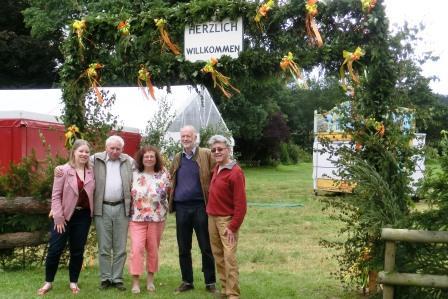
Maike Brakhan, Karl Pape, Daria, Bernhard Gelderblom, Pieter near a sign offering a heartfelt welcome. (Photo taken by Sabine Brakhan)
We extend our sincere thanks to Karl Pape, Bernhard Gelderblom, and Maike and Sabine Brakhan for making this opportunity to walk in Dad’s footsteps so informative and special.
Do you have any anecdotes to share about Camp Ohio? Comment on this blog or email to dariadv@yahoo.ca. We need your help to build up the archive of information about Camp Ohio and its residents. Don’t forget to check out the photos on our website at http://www.dpcamps.org/burgdorf.html.
© Daria Valkenburg
Advertisements Share this: